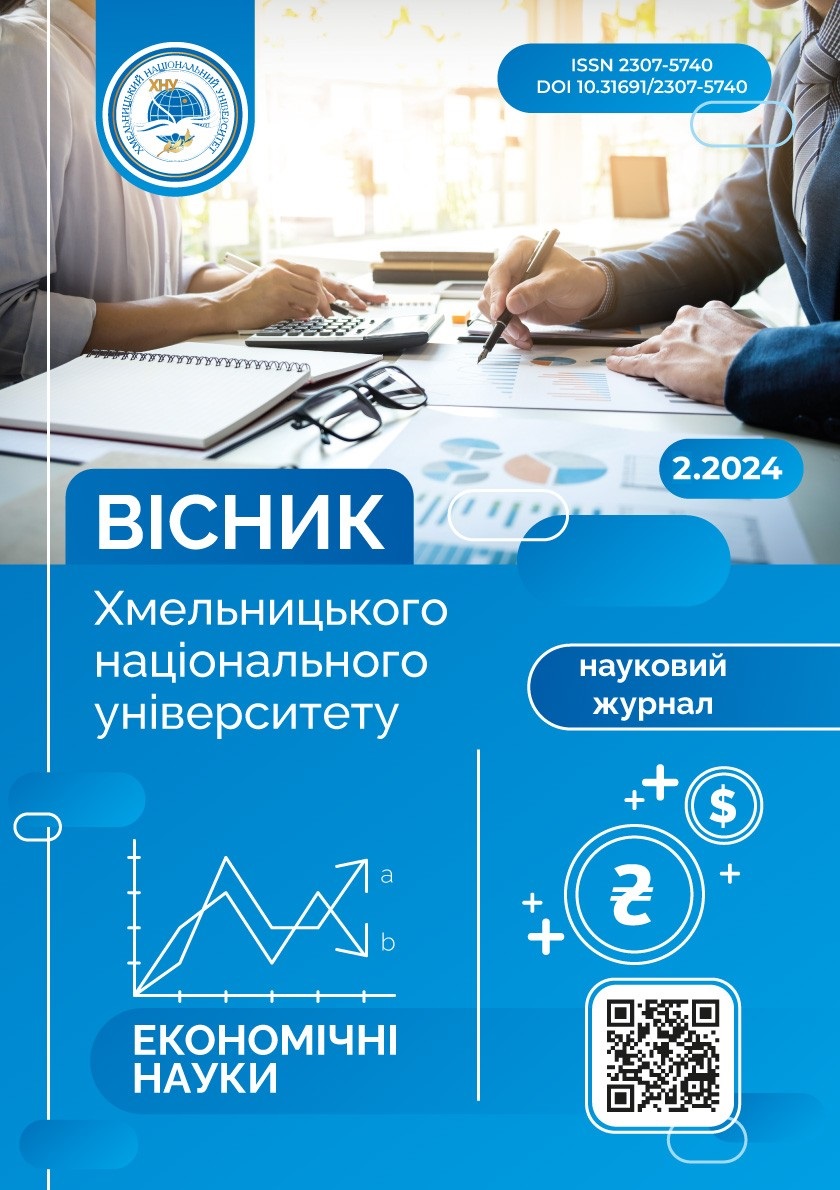СТАН ТА ПЕРСПЕКТИВИ РОЗВИТКУ ЗОВНІШНЬОЇ ТОРГІВЛІ ТОВАРАМИ УКРАЇНИ
DOI:
https://doi.org/10.31891/2307-5740-2024-328-14Ключові слова:
foreign trade, export of goods, export structure, exporting regions, import of goods, import structureАнотація
The article states that during 2022 trade enterprises faced significant difficulties, however, the trade sector was one of the most stable and successful. Significant difficulties were caused by the significant increase in fuel prices and the termination of sea transportation. This caused a sufficiently long period of adaptation of enterprises to new conditions. Enterprises in the regions most affected by Russian aggression had special difficulties. However, most companies were actively setting up new logistics chains, looking for new suppliers, and revising procurement volumes.
The dynamics of indicators of foreign trade in goods of Ukraine are considered, which shows that over three years the situation as a whole has remained at stable indicators. In the structure of export of goods in 2022, a significant decrease can be noted by all indicators. According to the results of 2022, Ukraine exported its goods and services to 233 countries and territories of the world. From the beginning of the summer of 2022, the trade sector began to work stably in most controlled territories.
Undoubtedly, EU countries make a significant contribution to supporting the economy of our country.
The main obstacles to Ukraine's foreign trade in modern conditions are outlined - broken logistics, a drop in prices for agricultural products in the world, and a reduction in the volume of industrial production. The increase in imports against the background of the decrease in exports leads to a deepening of the negative balance of foreign trade, which in turn reduces the competitiveness of Ukrainian manufacturers and puts pressure on the currency market.
The negative dynamics of foreign trade is caused primarily by the consequences of the Russian Federation's war against Ukraine, excessive inflationary pressure inside the country and abroad, as well as the situation on the foreign markets of goods that form the basis of Ukrainian exports and imports. The growth of Ukrainian electricity exports to the EU will contribute to the development of Ukraine's energy sector and provide an opportunity to partially replace the Russian gas that the EU uses for electricity production.
Ukraine's European integration movement is accelerating in the field of foreign trade as well, as evidenced by the strengthening of trade ties with the EU, in particular, the approach of the share of Ukraine's trade turnover, which falls to the EU, to that of some EU countries (Poland, Bulgaria, Lithuania, Estonia) in their internal trade EU.
The abolition of EU trade restrictions on Ukrainian exports enables Ukrainian products to compete on an equal footing with the products of EU countries and to increase exports (including energy resources, food and raw materials for its production, capital equipment (except for transport) and its parts and accessories). This is a tool for supporting Ukraine in wartime conditions and will contribute to the entry of Ukraine's economy into the EU economic space.



